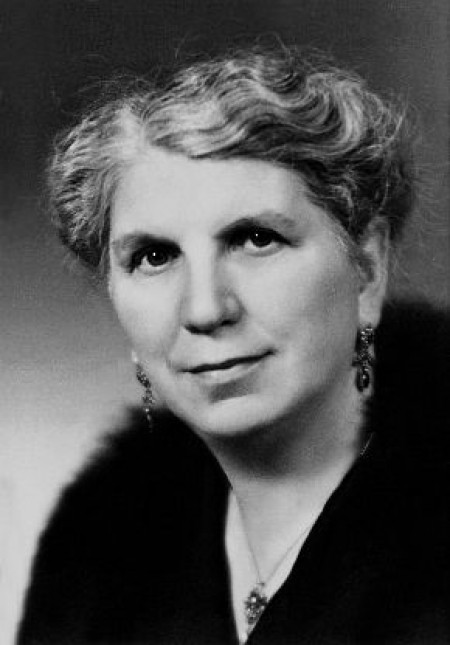
13 May 1881, Budapest – 25 December 1943, Budapest
On Sunday afternoon, 7 Februry 1904, the Grünfeld-Bürger string quartet gave a concert in the great hall of the Royal Hotel. This was the seventh such concert in a popular series of chamber concerts held in the Royal's hall, which, besides the Vigadó, counted as one of the representative concert venues in Budapest before 1907, when the new building of the Music Academy had its festive opening. The Royal's audience could thus witness musical events of a high standard. On this Sunday in February, besides the string quartet, two other artists ascended the podium: in Dvorák's Piano Quartet Op. 87 the piano was played by a young Béla Bartók, and Ilona Durigo, who was of the same age, and by then the wife of her piano accompanist, Ozmán Kasics, according to the report in Zenevilág (Music World). "sang, very beautifully, several songs by Hungarian and foreign composers". However, the musical career of the young mezzo-soprano, who was then twenty-three, did not begin in the world of vocal music.
Ilona Durigo was only fifteen when in 1896 she was admitted to the Music Academy. Till 1902 she was the pupil of Árpád Szendy there, while also completing, between 1900 and 1902, the piano teachers' course under the direction of Kálmán Chován. Though she almost certainly gave up the thought of a career as a pianist in favour of becoming a singer while still at the Academy, her remarkable abilities as a pianist are shown by her early successes. In the 1901/02 academic year, the capital's Liszt scholarship, founded in 1873 and worth 400 koronas, were given to three eminent students of the piano at the Music Academy: Béla Bartók, who then studied with István Thomán, a one-time pupil of Liszt, Kálmán Chován's pupil István Laub, and to the Szendy-pupil Ilona Durigo. In the public "examination concert" in the same academic year the same three students won the greatest plaudits. Of the three, the Pester Lloyd (Translator's note: important German-language newspaper published in Budapest) particularly emphasised Ilona Durigo's excellent interpretation of Beethoven's Piano Sonata in A major Op.101. However, by that time the promising piano student – parallel with her piano studies – also attended (between 1900 and 1902) the opera course as the pupil of Mrs Vilmos Maleczky, having in the 1899/1900 academic year completed the course in singing. After her studies in Budapest, she further improved her singing skills in Vienna, and then Frankfurt, where she took lessons from the famous Julius Stockhausen, to whom Johannes Brahms dedicated his Op. 33 Magelone romances.
Having completed her studies, the young singer began her career in Budapest. In the first decade of the century she appeared in several concerts in which her one-time "rival" of the Music Academy years also appeared as pianist or composer. Thus, she sang the solo of Bach's Actus tragicus cantata at the 1 May 1901 concert where, as the last number, the Academy Orchestra performed Bartók's First Suite, with Jenő Hubay conducting. At the beginning of her career, Ilona Durigo was a member of the Budapest Opera House, thereafter sang in Frankfurt and later in the Basle Opera House. She was excellent at performing songs; in the later stages of her career she concentrated almost entirely on singing songs and oratorios. She is remembered primarily as an inspired interpreter of Handel oratorios, as well as works by Schubert, Mahler and Kodály.
Between 1921 and 1927 she taught at the Zürich Conservatoire. From the 1938/39 academic year, however, her fate was again connected with her one-time school: she was appointed a professor at the Music Academy. The relationship could only last four years: she died in 1943, at the age of sixty-two.
Zsuzsanna Rákai


